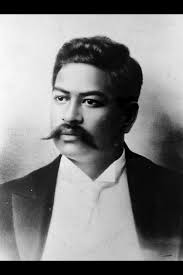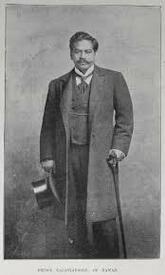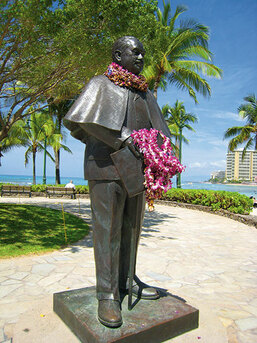The Hawaiian Homes Commission Act (also known as the Hawaiian Homesteads Act) set aside almost 200,000 acres in the Islands for homesteading by Native Hawaiians. It was spearheaded by Prince Jonah Kuhio Kalanianaole to help the Hawaiian people to recover from a dwindling population and the transition from a protective monarchy to a part of the United States.
The Hawaiian Homestead Act set aside nearly 200,000 acres, which made up just a small part of crown lands stolen from the Kingdom of Hawai'i when it was annexed. Prime agricultural and important urban land was excluded from the Act. Under it, people with at least 50% of Hawaiian ancestry could apply for 99-year leases for just $1 per year. Most parcels early on were 40 acres but in recent years parcels have become as small as a residential lot.
Today, there are nearly 6500 families occupying Hawaiian Homesteads. These families occupy about 30,000 of the more than 200,000 acres. The rest of the land is leased to big business - which is quite controversial because it goes against the intent of the Act. Additionally, Federal, State, and Local governments have seized large portions under eminent domain with no compensation to the program.
The Department of Hawaiian Home Lands is today administered by the State of Hawaii’s Government with broad oversight by the U.S. Federal Government. The proceeds from the land leasing are used to pay for the administration of the program.











 RSS Feed
RSS Feed